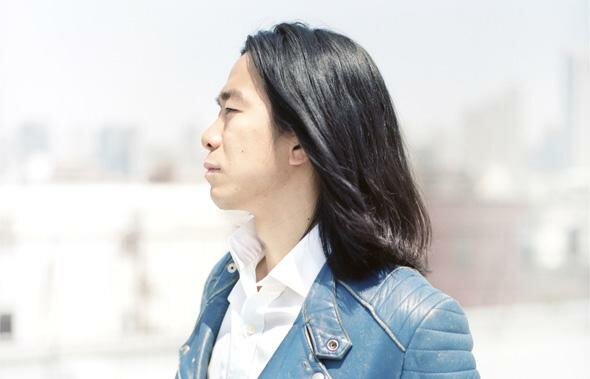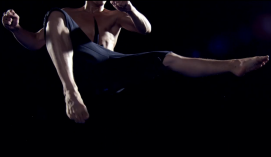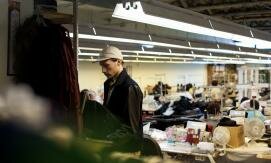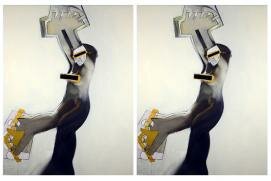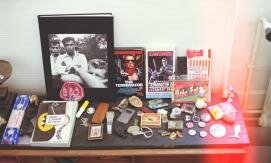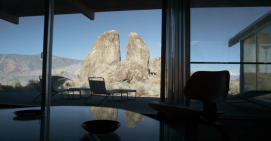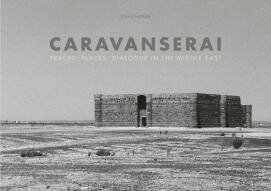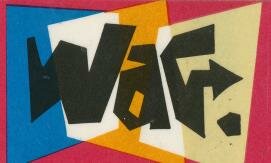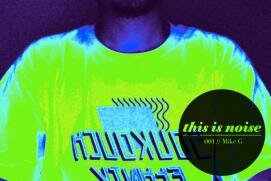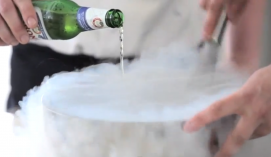- 1
- 2
- next ›
- last »
Facetasm Interview
24/02/2012Unassuming and polite, you can't help but have the utmost admiration for Hiromichi Ochiai and his label Facetasm. Facetasm is a young label with only five years behind them, yet the success of the label is quite profound and it is no surprise when Tokyo Fashion Week took place late last year that Oshiai's label was a leading name. One of the names ushering in a new era in the Tokyo scene, one that has been dominated by the likes of Undercover, Neighborhood, A Bathing Ape and the like, you can not help but be optimistic about the future when you hear what Ochiai has to say about Facetasm and the scene now.
James Oliver: Can you tell me how you got into design?
Hiromichi Ochiai: It's been a dream of mine to be a designer since I was in high school, back then I used to wear Comme des Garcons, Undercover and APE so they were hugely influential. Many of the designers from my generation got a lot of inspiration from that same group of designers from the 1990's, it was such a big movement and it had a lot of impact.
JO: Did you study fashion?
HO: Yes, I went to Bunka and completed a mens apparel and design course.
JO: How would you explain your aesthetic and the concept of the label?
HO: The word Facetasm comes from a Gary Panter, so my interpretation is it means a lot of faces and expressions. Within that direction I have tried to make clothes that changes each season with different approaches and themes. The clothes I make with the idea of being comfortable but not functional, more mentally comfortable. Also another dimension of my philosophy is I try to make a comfortable or relaxed atmosphere for those not wearing Facetasm, but those in the company of people wearing Facetasm. I also like to focus on prints every season in a way that attracts to people in a nostalgic sense, for example I did a series of tie dyed prints that are an icon of freedom.
JO: Much is made of bridging the gap between functional and conceptual, what are your thoughts on this and what is your perception of this for Facetasm?
HO: There are many basic shapes and patterns used in my collection although they appear more perplex to the naked eye. I don't want to deconstruct the basic patterns of clothing so I put a lot of emphasis in combining the basic core and applying something different.
JO: What is the idea behind the Spring/Summer 2012 collection?
HO: I started of with the menswear, with a theme to be crucially free. I wanted to derive inspiration from when people are in their late teens, early 20's and getting into more obscure cultural things like hard core punk or hippie lifestyle. From that it can take people in to religious exploration or more expressional culture that only you can enjoy when you are younger. In addition to this I added a small amount of work wear which is a big thing at the moment in Tokyo, I expanded this idea and applied it to a series of chain saw bags. For womenswear, it is my reinterpretation of mode, while combining the same ideas of youth culture with high end fashion.
JO: How does your approach differ and compare for menswear and womenswear?
HO: I approach the menswear to make real clothes that men can wear and be popular amongst women. For women's I try to make it more mode, although because I am in Tokyo and we don't have a history in luxury fashion, it is more street, so the womenswear is my interpretation on mode through both the eyes of someone from Tokyo and from the philosophy of Facetasm. The outcome is quite unique and represents more of Tokyo than anything else.
JO: Tokyo Fashion Week has become a vocal point again recently, and you showed the Spring/ Summer 2012 collection there recently. How do you think it will effect the label??
HO: Much of the talk surrounds the fact that Tokyo Fashion Week is still far behind the other major cities because there are few buyers from overseas present. Perhaps this is because it is not scheduled on par with the other cities, it is much later in comparison. I think it is good to do something because it is a platform for younger designers because the older generation have gone abroad to show their collections. With the support of Mercedez Benz people like myself and other younger brands want to show that we can do something to the rest of the world.
JO: Would you like to show overseas?
HO: Someday, I think Paris would be ideal.
JO: How has the brand changed or evolved since starting five years ago?
HO: When I started the brand it was when the Japanese economy was really bad so there were not many brands coming out at the time. This influenced how the brand was at the beginning, so I made it uni-sex, for a few reasons, it was financially more viable at the time and I was able to play around with the aesthetic to make it interesting. At the time it captured the attention and created a lot of hype, so it was quite positive because there was more appeal and it was rare. At the same time labels like SASQUATCHfabrix and Unused were starting out and we were all in the same position trying to build our image. The more our name grew it was easier to access better accounts to sell the brand, this way we could evolve in terms of production.
JO: What direction do you see Facetasm going in the short and long term future?
HO: Now I just want to concentrate on showing Facetasm during Tokyo Fashion Week because following the presentation last week there was a lot of attention and this was a good thing. I believe it is good to go through with this to establish something for the community and the next generation to follow while paying something back to the industry in Japan. In addition I would like to open my own store and eventually make an impact overseas.
James Oliver








